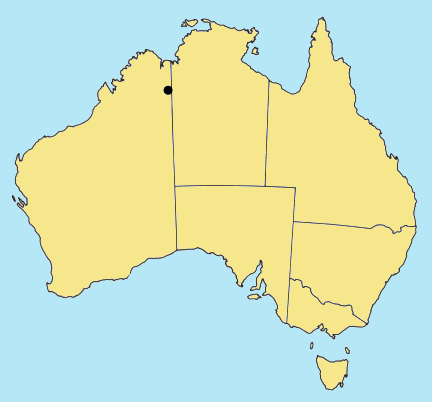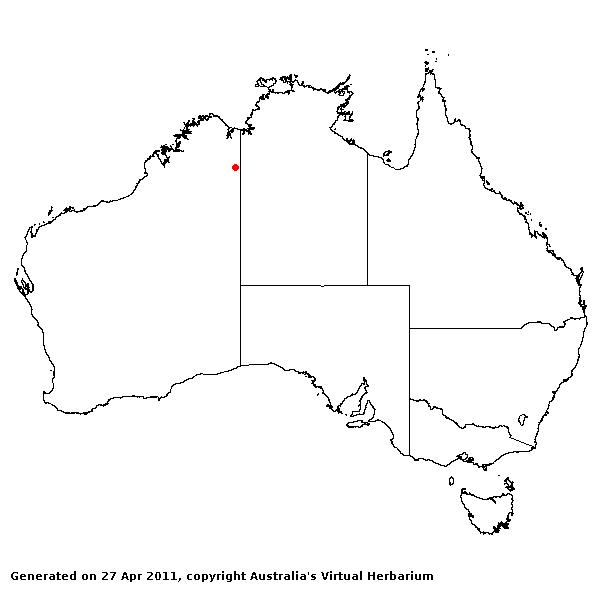Eriachne imbricata M. Lazarides. Austral. Syst. Bot. 8: 389 (1995).
Classification. (GPWG 2001) : Subfamily Micrairoideae. Eriachneae.
Type of Basionym or
Protologue Information: Australia, Bungle Bungle Outcamp: Kenneally 9251
(CANB holo, PERTH).
Key references
(books and floras): [2002] D.Sharp & B.K.Simon, AusGrass, Grasses of
Australia.
Illustrations:
[2005] K.Mallet (ed.), Flora of Australia 44B: Poaceae 3 (Fig.
25I-J).
Habit.
Perennial. Culms geniculately ascending, 23–50 cm tall, wiry. Mid-culm nodes
glabrous. Lateral branches branched or fastigiate. Leaf-sheaths glabrous on
surface or hairy. Ligule a fringe of hairs, 0.5–1 mm long. Leaf-blades straight
or curved or flexuous, filiform, conduplicate, 4–9 cm long, 1–2 mm wide.
Leaf-blade surface scabrous, glabrous or indumented.
Inflorescence.
Inflorescence compound, a panicle. Panicle linear, 2.5–4 cm long, 0.3–0.5 cm
wide.
Spikelets.
Spikelets pedicelled. Fertile spikelets 2-flowered, both fertile, comprising 2
fertile floret(s), without rachilla extension, ovate, laterally compressed, 5
mm long.
Glumes.
Glumes similar, thinner than fertile lemma. Lower glume lanceolate or elliptic,
membranous, much thinner on margins, without keels, 9 -nerved. Lower glume
surface glabrous. Upper glume lanceolate or elliptic, 4–4.7 mm long, membranous,
without keels, 9 -nerved. Upper glume surface smooth or asperulous, glabrous.
Florets.
Fertile lemma 5 mm long, without keel, 7 -nerved. Lemma surface indumented.
Lemma apex awned, 1 -awned. Median (principal) awn 3–4 mm long overall. Palea 2
-nerved. Palea apex dentate. Anthers 3. Grain 2.7–5 mm long.
Continental
Distribution: Australasia.
Australian
Distribution: Western Australia.
Western Australia:
Hall.
Notes.
The spiciform panicles with flattened divisions, florets longer than glumes,
wiry fastigiately branched (at all nodes) many-noded culms entirely covered by
the overlapping leaf sheaths, and filiform tightly complicate often recurved
blades are diagnostic characters. Other distinguishing features include its
leafy caespitose habit, knotty hairy rootbase, slender sparsely hairy florets
with appressed lemma and palea and acute long-bearded callus, bisulcate shortly
awned lemma, beaked palea, and narrow caryopsis of even thickness. Eriachne
imbricata has florets that are prominently longer than the glumes like E.
bleeseri and E. glandulosa, and shortly awned lemmas like the
former. However, there are several dissimilarities in spikelet morphology,
panicle structure, and habit, and like those two species, it appears to be
isolated in its relationships.
Endemic.
Known only from the type locality. Sandstone gorge in sheltered rock overhangs
and crevices. Flowers and fruits July (mid-winter).


